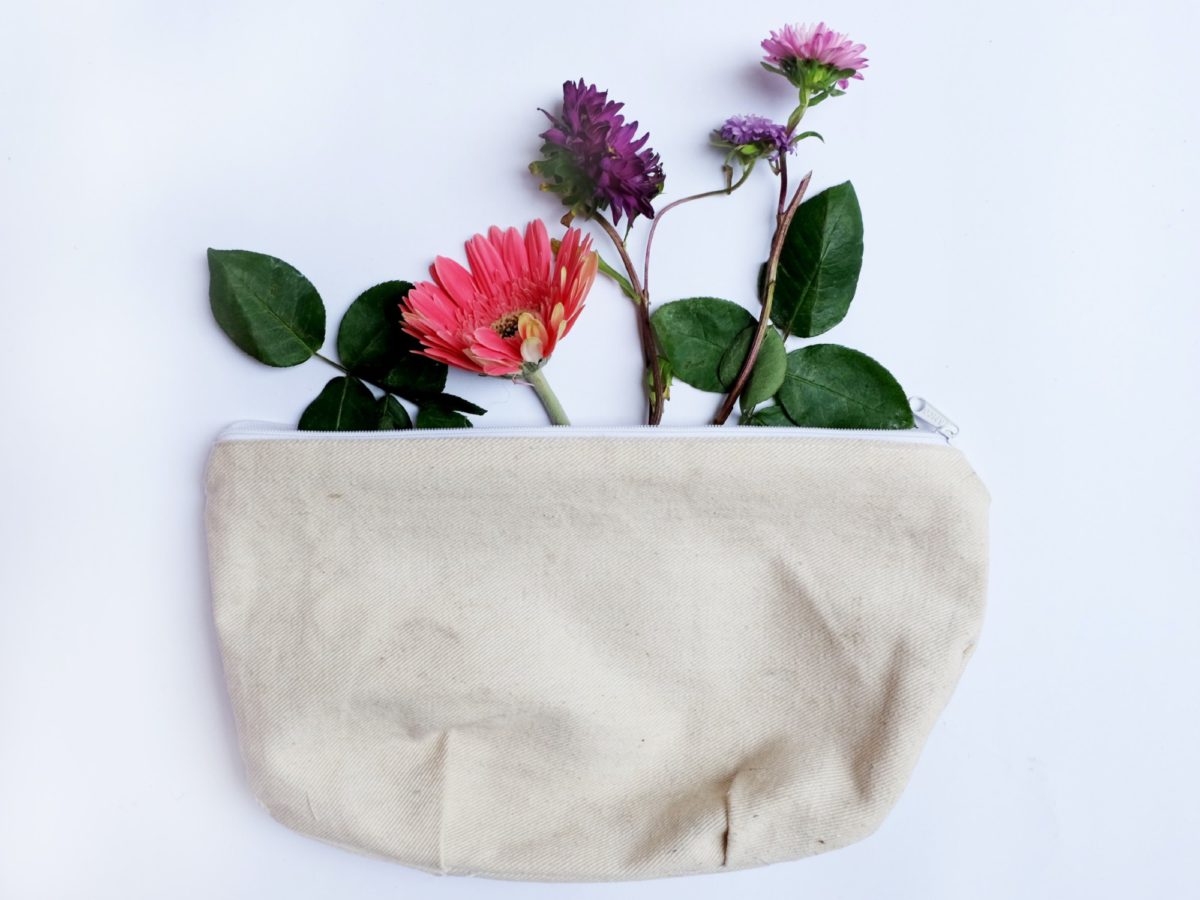Plant-Based vs. Vegan clothing: All you need to know
A common misconception of vegan fashion is that it’s interchangeable with plant-based clothing – but it’s not. Here’s why.

Veganism is the new black. From food to fashion, the megatrend influences what we eat and wear. In textiles, it’s less about flipping tofu patties and more about backing cruelty-free apparel. As a growing phenomenon, the market is expected to increase by 13% in the next five years. Let’s break down the truth (and misconceptions) behind both fashion choices and why it all matters in the long run.
Common denominators
Plant-based and vegan clothing are based on ethical principles, which means they support animal rights and fight against any cruelty or abuse. Ethical fashion brands generally exclude all animal-derived materials, such as fur, exotic skins and silk, making plant-based solutions vegan. For example, many plant-based brands avoid using genuine leather, which positively impacts the environment as the meat industry contributes to nearly 18% of all greenhouse gas emissions. Earlier this year, Tesla began swapping out its real leather seats for vegan alternatives.[1]

What’s the difference?
Not all vegan alternatives are plant-based. Let us explain. Most vegan apparel includes petroleum-based derivatives, such as pleather or faux leather. On the contrary, plant-based alternatives come from natural fibres, such as seaweed, kapok trees, coffee grounds, discarded grape stalks, or cactus leaves, which are 100% biodegradable and can reduce climate impact. To learn more about the #wearwaste movement, check out our article here.
Why it all matters
The winner is ‒ drum roll please ‒ well, it depends on you. If you are searching for cruelty-free options, a stylish vegan bag may be the right match. On the other hand, if you care to wear fashion pieces that reflect environmental values, plant-based alternatives may be your go-to apparel. Keep in mind, even plant-based solutions, such as cotton, rely on heavy pesticide and water-intensive processes. Nearly 1kg of hazardous pesticides are used for every one hectare of cotton cropland. As conscious shoppers, we carry the responsibility to understand the full picture before purchasing – always opting for earth-friendly and recycled materials to build greener, longer-lasting wardrobes.
We can help the planet through other small actions. Discover them in our free e-book “Sustainable Tips for Your Daily Routine“.
References
[1] Choi, Yeong-Hyeon, and Kyu-Hye Lee. “Ethical consumers’ awareness of vegan materials: Focused on fake fur and fake leather.” Sustainability 13.1 (2021): 436.
Author: Naomy Gmyrek
Latest from the Magazine